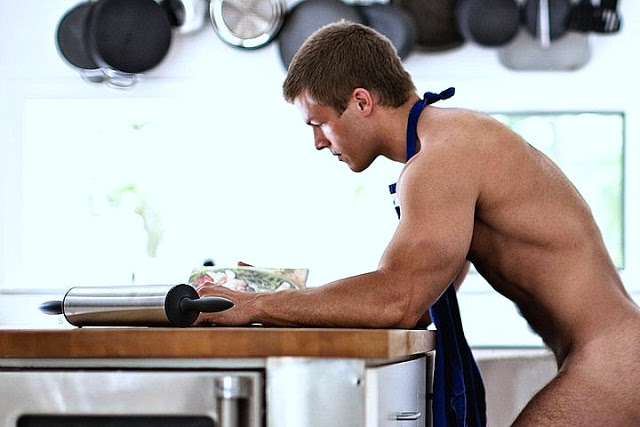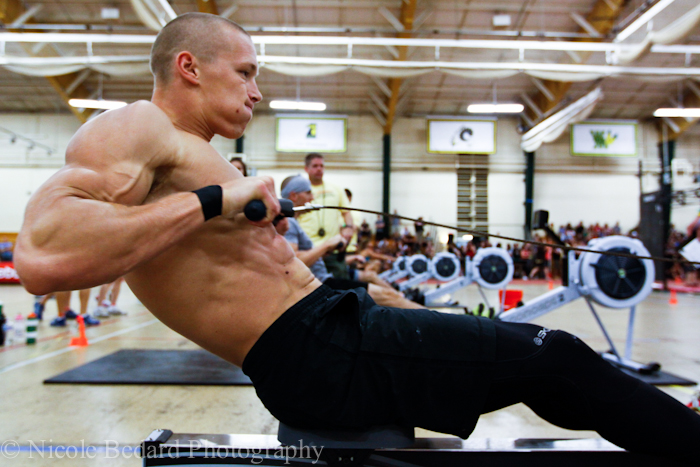 Cholesterol is one of those things that gets a pretty bad rap. And, in some regards, rightfully so. If you have high levels of LDL cholesterol in your blood (i.e., the bad cholesterol), you’re at increased risk for heart disease.
Cholesterol is one of those things that gets a pretty bad rap. And, in some regards, rightfully so. If you have high levels of LDL cholesterol in your blood (i.e., the bad cholesterol), you’re at increased risk for heart disease.
As such, it only seems logical to think that eating lots of high cholesterol foods would lead to higher levels of blood cholesterol. Conversely, it would make sense that limiting dietary cholesterol would lower blood cholesterol. But, over the years, we’ve discovered that it doesn’t always work like that - just as low fat diets didn’t make us any less fat.
Eggs are a perfect example. In a previously referenced study by the University of Connecticut’s Department of Nutritional Sciences, the consumption of 2-3 eggs per day was found to have little or no impact on blood cholesterol levels in 2/3 of participants. For the other 1/3 of participants, blood cholesterol levels did rise. But the levels of so-called “good” cholesterol increased in proportion to the levels of “bad” cholesterol, so the ratio of good to bad cholesterol stayed the same.
Studies like these have prompted the Dietary Guidelines Advisory Committee, the nation’s top nutrition panel, to no longer consider cholesterol as a nutrient of concern. The decision, which took place in December, will likely impact everything from dietary guidelines to school lunches. In other words, this decision has some serious balls.
According to an article in The Washington Post:
The new view on cholesterol in food does not reverse warnings about high levels of “bad” cholesterol in the blood, which have been linked to heart disease. Moreover, some experts warned that people with particular health problems, such as diabetes, should continue to avoid cholesterol-rich diets.
And now if you’ll excuse me, I’m going to celebrate with an omelet.
P.S. For a simple, easy guide to transforming the way you look and feel through the foods you eat, download Davey Wavey’s Insanely Easy Guide to Eating Smarter.









 We know that music can be a powerful, motivating force in exercise. In fact, I previously referenced a study that found
We know that music can be a powerful, motivating force in exercise. In fact, I previously referenced a study that found 

